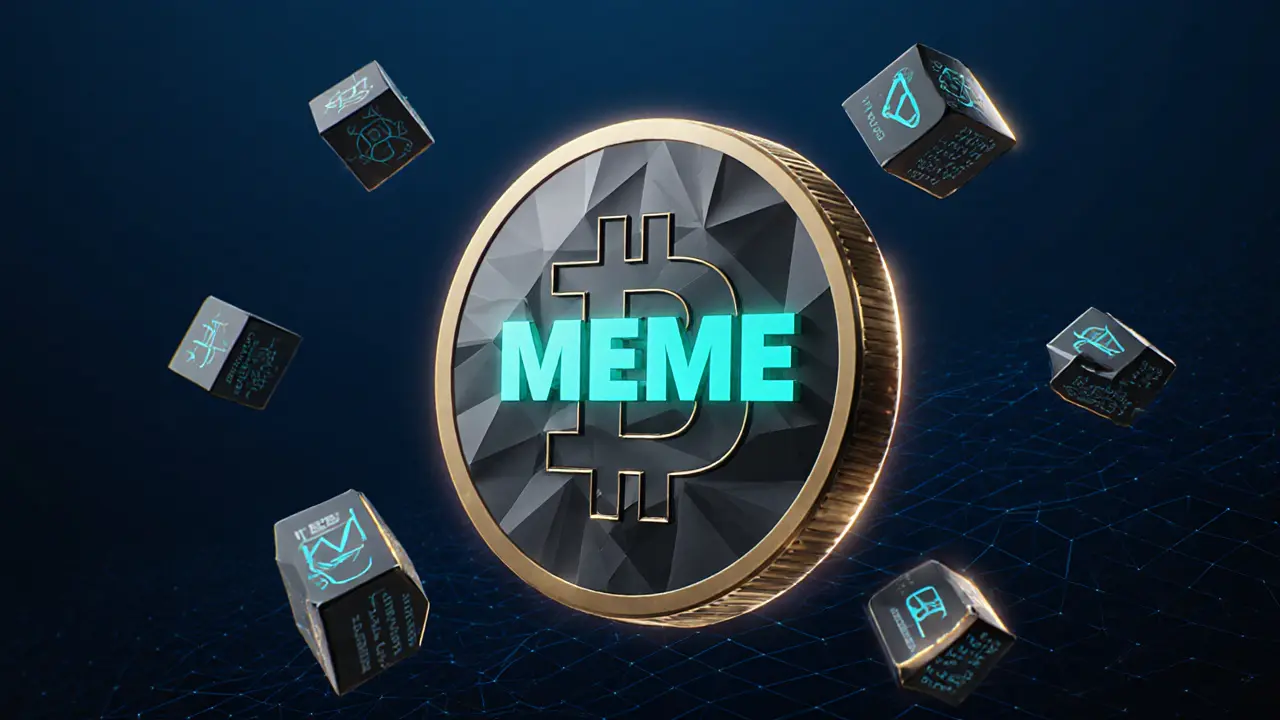Bitcoin Ordinals – What They Are and Why They Matter
When working with Bitcoin Ordinals, a system that assigns a unique serial number to each satoshi on the Bitcoin blockchain, allowing data such as text, images, or code to be attached directly to individual satoshis. Also known as Ordinals, this approach transforms plain Bitcoin units into portable, verifiable digital artifacts. Bitcoin Ordinals rely on the Taproot, Bitcoin’s upgrade that introduced more flexible scripting and reduced transaction costs, and they use Inscriptions, the data blobs written onto satoshis through special transactions. Together these pieces create a new layer of collectibles on Bitcoin’s secure network.
How Inscriptions Enable Unique Digital Artifacts
The core of the Ordinals ecosystem is the Inscriptions feature. Inscriptions embed any content—images, audio, even small programs—directly onto a satoshi, making the data immutable once confirmed. This means that an Inscribed satoshi can act like an NFT, but it lives on Bitcoin instead of a separate chain. Because each inscription is tied to a specific satoshi number, provenance is clear and cannot be altered. Creators can therefore mint limited‑edition pieces, collectors can verify authenticity simply by checking the satoshi number, and developers can build tools that index and display these assets without relying on centralized servers.
While Inscriptions provide the data layer, Taproot supplies the technical foundation that makes large‑scale inscription feasible. Taproot introduced Schnorr signatures and MAST (Merkelized Abstract Syntax Trees), which lower the cost of storing extra data in a transaction’s witness field. As a result, adding an image or a few kilobytes of text no longer spikes fees dramatically. This cost efficiency fuels the growth of Bitcoin NFTs, a term used to describe any Inscription that functions as a collectible or artwork on Bitcoin. The synergy between Taproot and Inscriptions turns ordinary satoshis into a versatile canvas for creators.
Because Bitcoin Ordinals live directly on the base layer, they inherit Bitcoin’s security model. No sidechain, no bridge, just the same proof‑of‑work consensus that secures the world’s first cryptocurrency. This security appeal draws traditional art collectors who fear the fragility of newer chains. At the same time, the novelty of owning a piece of Bitcoin history—an actual satoshi with a story—creates a fresh market for Collectibles, ranging from meme images to high‑resolution photon‑level art. The market dynamics mirror other NFT scenes: rarity, creator reputation, and community hype all influence price.
Developers have responded by building dedicated wallets, marketplaces, and indexers that understand Ordinal data structures. These tools let users browse, buy, and sell Inscriptions the same way they would with Ethereum‑based NFTs, but without leaving the Bitcoin network. Some platforms even allow batch inscription, where a single transaction embeds multiple images, optimizing fee usage. The growing toolbox lowers the barrier for artists and collectors alike, expanding the Ordinals ecosystem beyond early adopters.
From a regulatory standpoint, Bitcoin Ordinals occupy a gray area. Because the data is stored on‑chain and the ownership is represented by satoshis, many jurisdictions treat them similarly to traditional Bitcoin holdings rather than tokenized securities. However, the artistic and commercial aspects can attract scrutiny, especially when large sums change hands. Keeping an eye on how regulators interpret “digital collectibles on Bitcoin” helps participants stay compliant while the space matures.
Looking ahead, several trends could shape the next wave of Bitcoin Ordinals. First, improvements to the Bitcoin protocol—such as future soft forks that expand witness capacity—could allow larger or more complex Inscriptions. Second, cross‑chain bridges may let creators showcase Ordinals alongside Ethereum NFTs, fostering a multi‑chain collector culture. Third, community standards for metadata and royalty mechanisms are emerging, giving artists more control over secondary sales. All these factors point to a vibrant, evolving market that blends Bitcoin’s robustness with creative expression.
Below you’ll find a curated list of articles that dive deeper into each of these aspects—from technical reviews of the Taproot upgrade to market analysis of Bitcoin NFTs, and practical guides for creating your own Inscriptions. Whether you’re a collector curious about rarity, a developer building the next wallet, or an investor tracking the latest trends, the posts ahead provide the insights you need to navigate the Bitcoin Ordinals landscape.

Learn what MEME (Ordinals) is, its tech, tokenomics, how to buy, risks, and future prospects in the Bitcoin meme coin world.
- Read More
